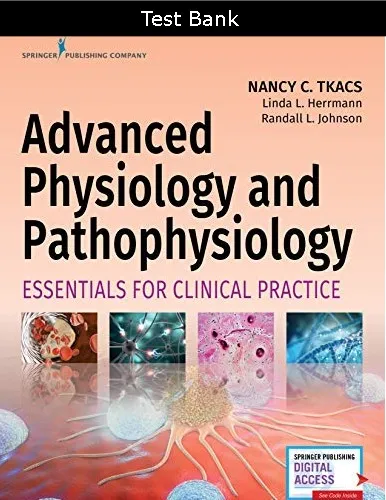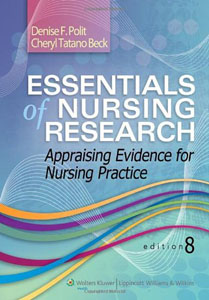Advanced Physiology and Pathophysiology Essentials for Clinical Practice 1st Edition Test Bank
Original price was: $55.00.$19.00Current price is: $19.00.
Digital item No Waiting Time Instant Download
Chapters: 17
Format: PDF
ISBN-13: 978-0826177070
ISBN-10: 0826177077
Publisher: Springer Publishing Company
Authors: Nancy Tkacs , Linda Herrmann, Randall Johnson





Be the first to review “Advanced Physiology and Pathophysiology Essentials for Clinical Practice 1st Edition Test Bank”